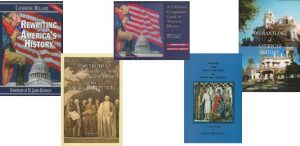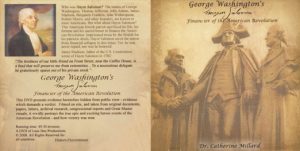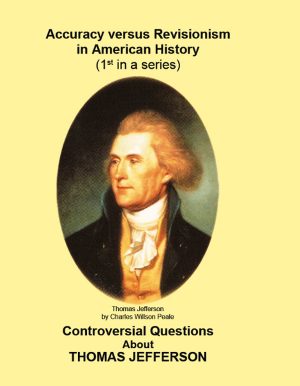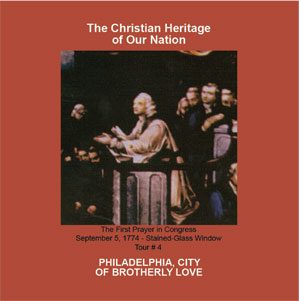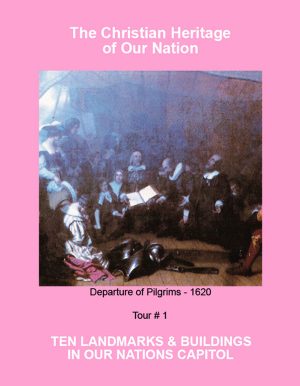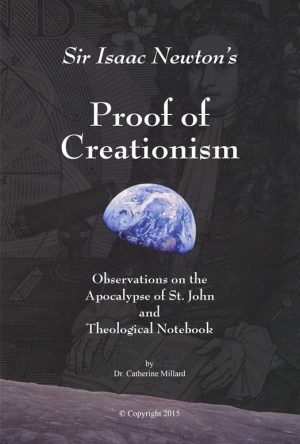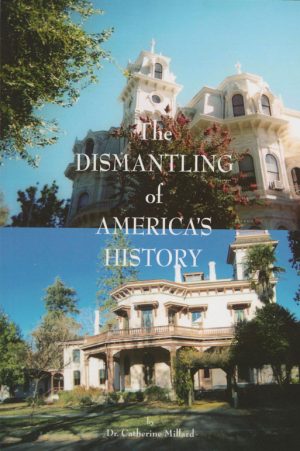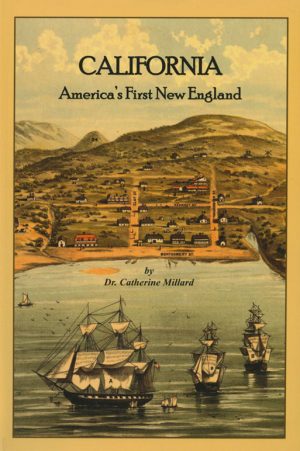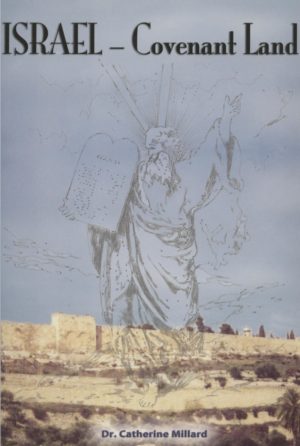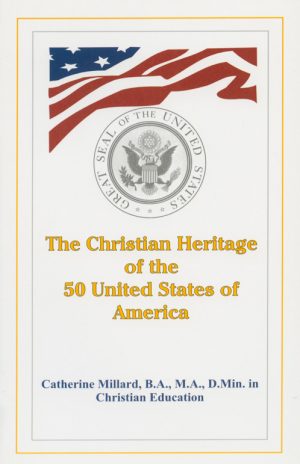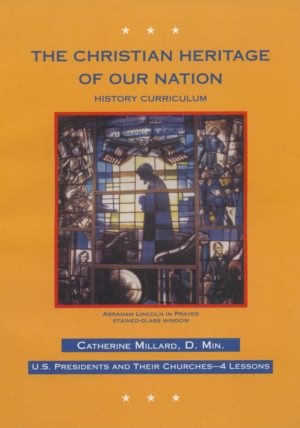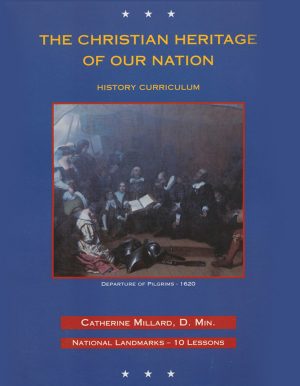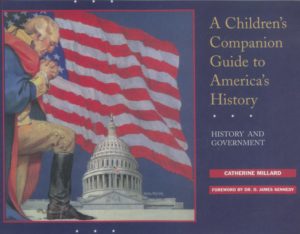A 1937 California Historical Society publication entitled, Drake’s Plate of Brass–Evidence of his visit to California in 1579, informs readers of the amazing discovery of Francis Drake’s original brass plate, 357 years later!
On April 6, 1937, Herbert E. Bolton, Professor of American History and Director of the Rare Book and Manuscript – Bancroft Library of the University of
California, delivered a riveting speech before the California Historical Society. This occurred at the Sir Francis Drake Hotel in San Francisco, on the occasion
announcing the Drake Plate discovery. It is hereunder excerpted:
One of the world’s long-lost historical treasures apparently has been
found! Three hundred and fifty-seven years ago, Francis Drake, on the
Golden Hinde made his famous voyage round the world, the first
accomplished by any Englishman. On June 17, 1579, while on the way to
the Orient, he anchored in a “conuenient and fit harborough “on the
California coast and there reconditioned his ship. Before he left he nailed
to a “firme post” a brass plate bearing an inscription. It was a bold
notice to all the world that for Queen Elizabeth of England, he had taken
possession of the country, which he called New Albion. He gave it this
name, because the white cliffs along the coast reminded him of the chalk
cliffs of England, from which the Romans gave the name of Albion to that
island.
These facts are recorded in the well-known narratives of Drake’s
voyage. But from that day to this – a period of more than three and one-half centuries – the plate has not been seen by any white man, so far as
records show. Nor has anybody known the exact words with which Drake
issued his challenge to the world. But the plate, it seems, has been found.
England can now quote the very phrases with which her most celebrated
navigator proclaimed Elizabeth’s title to California. The relic tallies in a
most astonishing way with the description in the narrative by Chaplain
Francis Fletcher, who was with Drake, who doubtless saw the plate, and
who witnessed its nailing to the “firme post,” or to the “faire great poste,”
as it was called. The relic is of solid brass, about five inches wide and
eight inches long, and an eighth of an inch thick. It was picked up by
Beryle Shinn in the summer of 1936 in Marin County not far from San
Rafael. After keeping it some six months without an inkling of its unique
character, he brought it to me early in February, 1937, and I told him what
I thought it was…The sixpence was not found with the plate and is still
missing. (Perhaps I ought to say that Mr. Shinn was not one of my students
and had little or no knowledge of the Drake voyage until he talked
with me). The authenticity of the tablet seems to me beyond all reasonable
doubt. On this assumption, its discovery is one of the most sensational in
all California history.
With a view to announcing the event through the appropriate channel,
and of obtaining the financial assistance necessary to acquire the precious
relic for the University of California, I turned to Allen L. Chickering,
President of the California Historical Society, who in times past has
generously responded to more than one similar appeal. With his
accustomed energy and enthusiasm in the cause of California history, he
raised the necessary funds, from the donors whose names are elsewhere
given, joined me in negotiations with Mr. Shinn, and acquired the relic. In
fairness to Mr. Shinn, it should be said that, as soon as he learned of its
significance, his chief interest in the plate was to have it preserved for the
public, and he never asked, nor would he discuss a price for it. (This fact
has, of course, an important bearing on the question of the genuineness of
the plate). The sum paid was suggested by Mr. Chickering, and was
regarded by him and his associates as merely a suitable reward for
generous cooperation in releasing the plate in order that it might go to the
University…
It is only through the accident that Mr. Shinn came to me that I have
this honor. My aim in this brief sketch is simply to recall the
circumstances under which Drake took possession of New Albion, and to
present the convincing evidence of the genuineness of the plate which has
been discovered…
In the fall of 1577 he sailed from England with five ships bound for
the Orient. Drake’s plan was to continue across the Pacific to the
Moluccas, but it was now too late to catch the favorable winds…He could
not risk the vessel so heavily laden for so long a voyage at the wrong
season of the year. He dared not return through the Strait of Magellan, for
the Spaniards would be sure to lie in wait for him there…When the proper
time arrived, he coasted south, looking for a harbor in which to
recondition the Golden Hinde before striking across the Pacific on the
long, hard voyage.
On the way he anchored in an unsatisfactory inlet…Thence he
continued down the coast and in “38 deg. 30. min….fell with a conuenient
and fit harborough, and June 17. came to anchor therein,” remaining till
July 23. Drake’s dates of course were Old Style…
The discovery of the “plate of brasse” lends fresh interest to the
scene enacted that summer of 1579 on the California coast…
The Indians brought to the Commander presents “in such sort, as if
they had appeared before a god indeed.” The women were so worshipful
that when they came to camp and beheld the armor-covered, bearded and
fair-haired visitors, they “used unnatural
violence against themselves,
crying and shrieking piteously, tearing their flesh with their nailes from
their cheeks, in a monstrous manner, the blood streaming downe along
their brests; besides despoiling the upper parts of their bodies, of those
single coverings they formerly had, and holding their hands above their
heads, that they might not rescue their brests from harme, they would with
furie cast themselves upon the ground,” dashing their naked bodies upon
“hard stones, knobbly hillocks, stocks of wood, and pricking bushes.”
…On June 26 the great Hioh himself appeared on the hilltop, “a man
of goodly stature and comely personage, attended with his guard, of about
100. tall and warlike men…In the forefront came a man of large body and
goodly aspect, bearing the septre or royall mace…Whereupon hanged two
crownes…with three chaines of a marvelous length…The crownes were
made of knitworke, wrought upon most curiously with feathers of divers
colours, very
artificially placed, and of a formall fashion.” The chains
were equally marvelous. They appeared to be “of a bony substance: every
linke or part thereof being very little, thinne, most finely
burnished, with a
hole pierced through the middest. The number of linkes going to make
one chaine,” says Fletcher, “is in a manner infinite.”
…With impassioned eloquence and exquisite ceremonial, we are told,
the Hioh and his retainers begged the General to accept the country and
become its ruler. The words of Chaplain Fletcher here are pertinent to the
sequel: “After that they had satisfied or rather tired themselves in this
manner, says Fletcher, “they made signes to our Generall to have him sit
down; unto whom both the king and divers others made several orations,
or indeed, if wee had understood them, supplications, that hee would take
the Province and kingdome into his hand, and become their king and
patron: making signes that they would resigne unto him their right and
title to the whole land, and become vassals in themselves and their
posterities.” And, “that they might make us indeed believe that it was
their true meaning and intent, the king himselfe, with all the rest, with one
consent and with great reverence, joyfully singing a song, set the crowne
upon his head; inriched his necke with all their chaines; and…honoured
him by the name of Hyoh: Adding thereunto (as it might seeme) a song
and a dance of triumph; because they were not onely visited of the gods
(for so they still judged us to be), but the great and chiefe god was now
become their god, their king and patron, and themselves were become the
onely happie and blessed people in all the world.”
…And so, says the Chaplain, “These things” – California and the
Crown – “being so freely offered, our Generall thought not meet to reject
or refuse the same: both for that he would not give them any cause of
mistrust, or disliking of him (that being the onely place, wherein at this
present, we were of necessitie inforced to seeke reliefe of many things)
and chiefely, for that he knew not to what good end had brought this to
passe, or what honour and profit it might bring to our countrie in time to
come. Wherefore, in the name and to the use of her most excellent
majesty, he tooke the sceptre, crowne and dignity, of the sayd countrie into
his hand; wishing nothing more, than that it had layen so fitly for her
majesty to enjoy, as it was now her proper owne, and that the riches and
treasures thereof…might with as great conveniency be transported to the
enriching of the kingdome here at home, (Fletcher was writing in England)
as it is in plenty to be attained there: and especially, that so tractable and
loving a people, as they showed themselves to be, might have meanes to
have manifested their most willing obedience the more unto her, and by
her meanes, as a mother and nurse of the Church of Christ, might by the
preaching of the Gospell, be brought to the right knowledge and
obedience of the true and everliving God.”
